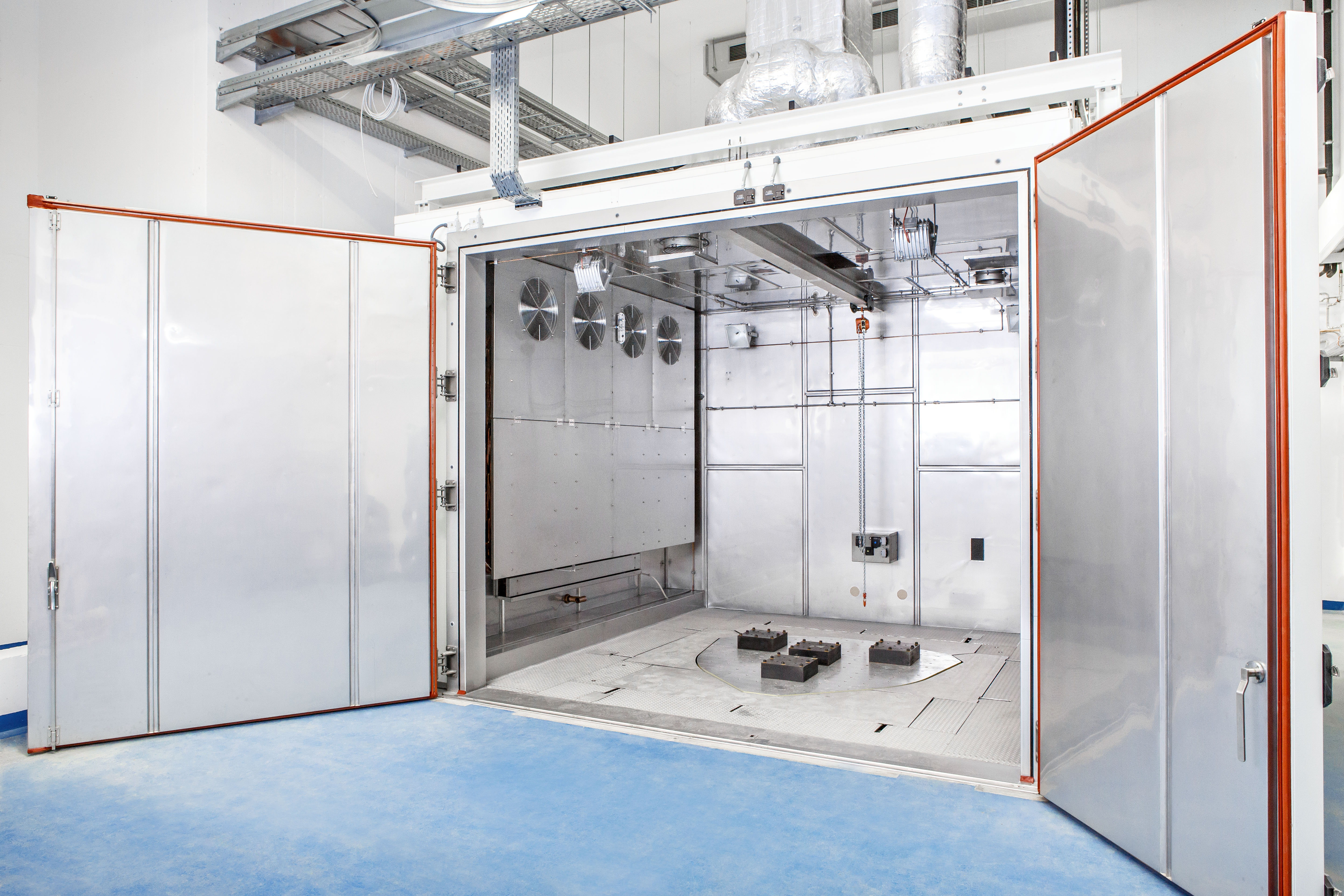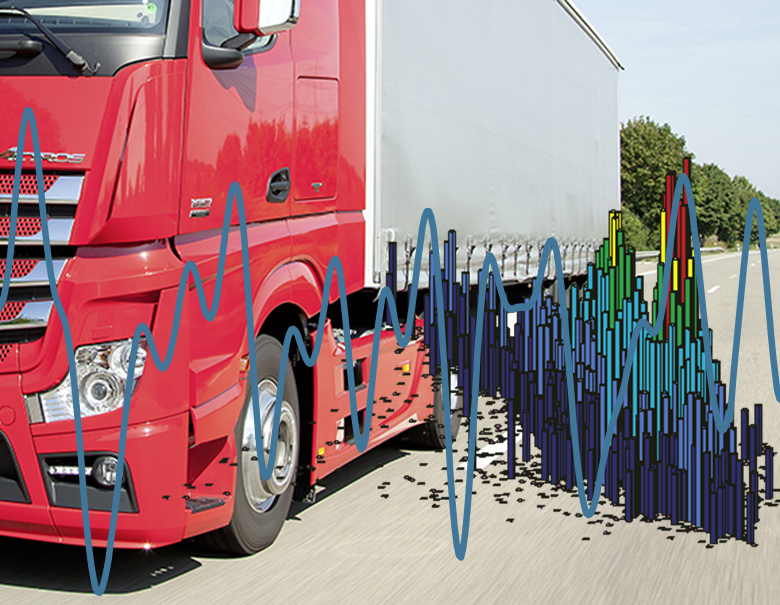

Statistical methods play a central role in the design and evaluation of mechanically stressed components with regard to their fatigue strength/reliability.
Reliability and service life are essential requirements for automotive components and systems. Reliability also includes functional safety according to VDI 26262. Reliability considerations can be applied to both technical products and processes such as manufacturing processes or supply chain management. Fraunhofer Automotive focuses primarily on the reliability and service life of automotive components and systems. Production-relevant aspects are covered by the Fraunhofer AutoMOBILE Production Alliance, among others. Within Fraunhofer Automotive, methods and processes are developed that allow an analysis and simulation of the utilization phase in order to ensure safe and reliable operation over a defined service life.
The basis for this is the classical fatigue strength, which is used for the reliable design of safety-relevant components and systems. Integrated numerical and experimental methods are used to estimate the service life. Precise knowledge of the damage mechanisms of the material, the manufacturing process and the component geometry as well as uncertainties in the development process and during the service life increase the quality of the estimation. Complementary to this, methods of system reliability such as FMEA (Failure Mode and Effects Analysis) or FTA (Fault Tree Analysis) are used, which allow for the consideration of the effect relationship and probabilities.
In addition, statistical methods play a central role in the design and evaluation of mechanically or electromechanically stressed components with regard to their fatigue strength/reliability. The process begins with the acquisition, description and modelling of the usage variability and the resulting stress, which results from the combination of the different behavior of the users with the respective environment, also using geo-referenced data. A statistical model of the strength is then required. Statistical methods that can handle small sample sizes and censored data (runs) are effective here. Finally, it is possible to make predictions for the probability of failure at the customer's site by comparing the strength with the time progressive stress.
 Fraunhofer-Allianz Verkehr
Fraunhofer-Allianz Verkehr